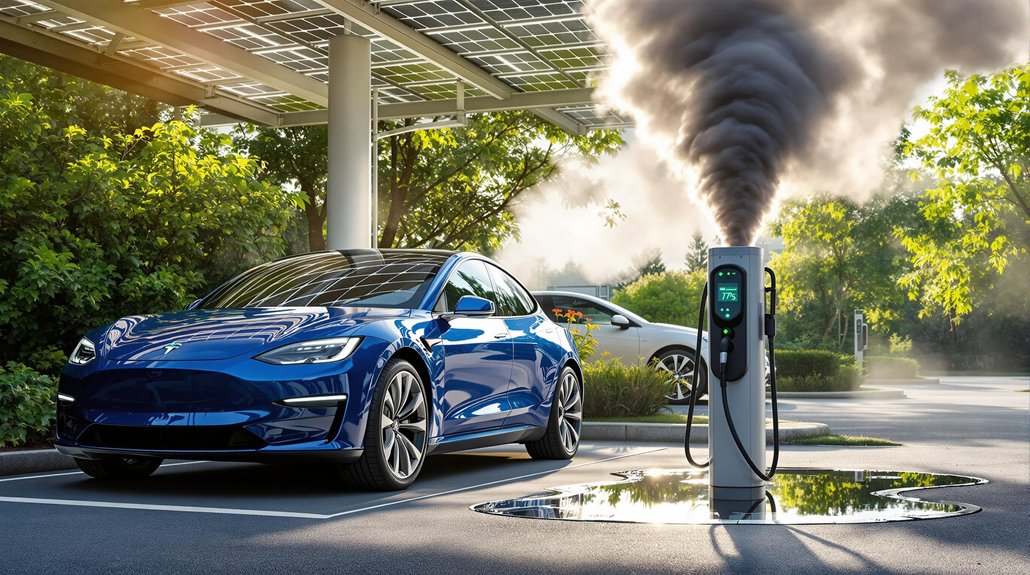President Trump’s latest budget bill has ignited a firestorm of criticism from renewable energy advocates as Senate Republicans push forward legislation that drastically curtails tax credits for clean energy projects. The bill establishes a firm phaseout deadline for wind and solar tax credits, requiring projects to be in service by the end of 2027 to qualify, with few exceptions for developments already underway.
While renewable energy faces steep cuts, the legislation simultaneously opens previously restricted lands for fossil fuel production. This stark contrast has fueled allegations of political favoritism toward traditional energy sources. I’ve examined the bill’s provisions, and there’s clear evidence supporting these concerns—fossil fuel initiatives receive streamlined permitting and enhanced access while equivalent extensions for wind and solar remain conspicuously absent.
Senate Republicans framed the bill as essential for bolstering grid reliability and energy independence, with language explicitly prioritizing domestic fossil fuel development. The legislation passed along party lines, with Republican leadership pushing for rapid enactment following Trump’s signature. Vice President JD Vance provided the tiebreaking vote after Senators Rand Paul, Thom Tillis, Susan Collins, and all Democrats opposed the legislation.
Industry stakeholders warn these policy shifts could greatly impede America’s clean energy trajectory. Construction timelines for renewable projects now face unprecedented pressure, and developers might redirect investments overseas due to mounting policy uncertainty.
The National Small Business Association, however, applauded the bill’s permanent tax rate cuts and business income relief provisions. The American Petroleum Institute has strongly endorsed the energy dominance initiatives that would unlock investment opportunities in oil and gas. Agricultural producers received expanded risk management tools and support, garnering approval from several rural advocacy groups despite opposition from environmental organizations.
Notably, nuclear power emerged relatively unscathed, with production tax credits restored through 2032.
Democratic lawmakers have vowed continued resistance, highlighting potential threats to clean energy job growth and long-term U.S. climate commitments. The House is expected to pass the Senate version promptly as part of July’s legislative agenda, cementing what could become a defining shift in American energy policy—one that prioritizes traditional energy sources while diminishing support for emergent renewable technologies.









